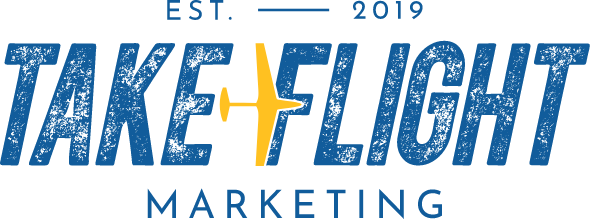Personalization in the Customer Experience: How to Make Your DTC Brand Stand Out
Discover the power of personalization to make your DTC brand stand out in a competitive market. Learn how to enhance the customer experience using tailored strategies throughout the buying process to boost customer loyalty, engagement, and revenue.
In today's competitive direct-to-consumer (DTC) market, standing out among countless brands is crucial for long-term success. One way to differentiate your brand is by delivering personalized customer experiences. Personalization creates a connection with your audience, improves customer satisfaction, and ultimately drives revenue growth.
In this post, we'll explore the importance of personalization in the customer journey and provide a checklist for incorporating personalized touches throughout the buying process.
The Power of Personalization
Personalization is more than just using a customer's name in an email. It's about understanding their preferences, behaviors, and needs to deliver a tailored experience that feels unique to them. A personalized customer experience can:
Increase customer loyalty and retention
Boost customer engagement and satisfaction
Drive higher conversion rates and average order values
Differentiate your brand from competitors
“Personalization—it is not about first/last name. It’s about relevant content.”
Personalizing the customer experience is something we want you to be intentional about because that’s how much it matters! So, we put together this checklist of 8 things you can do right now to get started.
Checklist for Personalizing the Customer Experience
Collect data: Gather information about your customers through various touchpoints, such as purchase history, browsing behavior, and interactions with your brand. Use a CRM system to store and analyze customer data.
Segment your audience: Group customers based on demographics, psychographics, behavior, and preferences. Segmentation enables targeted marketing campaigns and personalized experiences.
Personalize email communication: Tailor email content based on customer preferences, behavior, and purchase history. Personalize subject lines, greetings, and product recommendations.
Tailor website experiences: Use dynamic content and A/B testing to customize website experiences based on customer behavior, location, and preferences.
Leverage personalized product recommendations: Use customer data to offer tailored product suggestions, both on your website and in email campaigns.
Implement a loyalty program: Offer personalized rewards, discounts, and exclusive offers based on customer behavior and preferences.
Utilize customer feedback: Collect and analyze customer feedback to identify areas for improvement and create a more personalized experience.
Measure and optimize: Regularly assess the effectiveness of your personalization efforts and adjust your strategies based on data-driven insights.
Don't let your brand get lost in the crowd. By implementing personalized strategies throughout the buying process, you'll not only boost customer loyalty and engagement but also see an increase in revenue. Embrace personalization as part of your brand's identity, and watch your business thrive in today's competitive market. Keep exploring new ways to connect with your customers and remember that a personal touch goes a long way.

